Lynn Deas' new coffee table book, Horse Racing In India, charts the journey, and shares fascinating trivia about the sport in the Indian Subcontinent
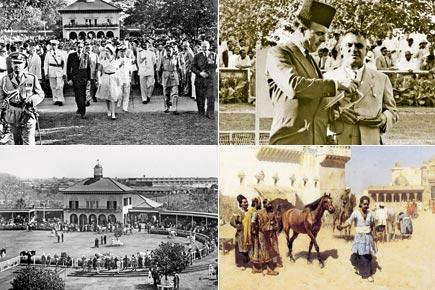
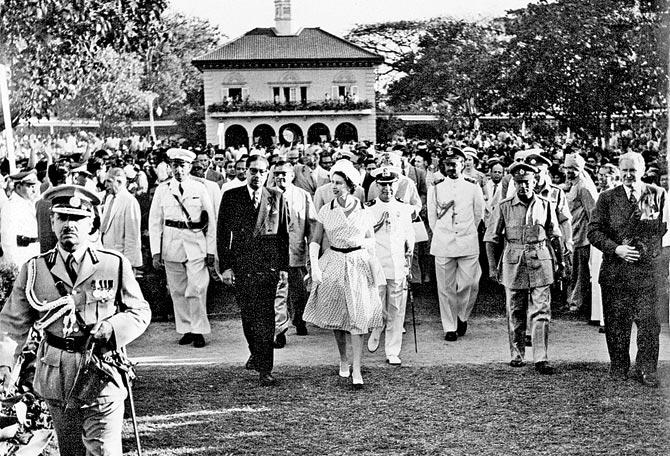
ADVERTISEMENT

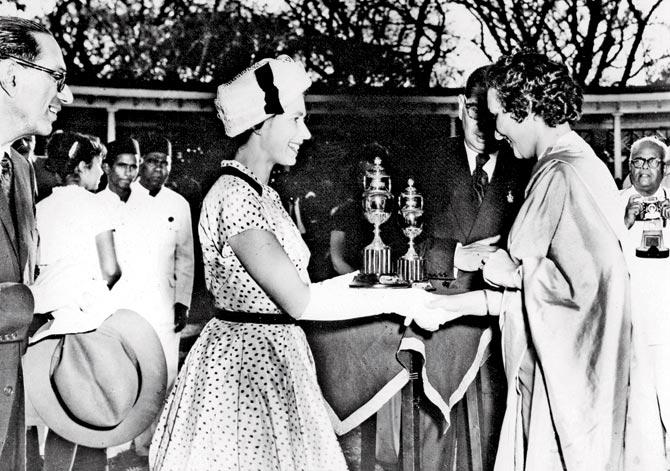
Scenes from Her Majesty Queen Elizabeth II's visit to Mahalaxmi in 1961. Thousands thronged the course in Bombay to show their admiration for the royal monarch, whose love for the thoroughbred was there for all to see. She along with Her Royal Consort Prince Philip, Duke of Edinburgh, visited the Mahalaxmi race Course on February 21, 1961. She viewed the preliminary parade of horses running in The Queen Elizabeth II Stakes Race I, and returned to her box to watch that race
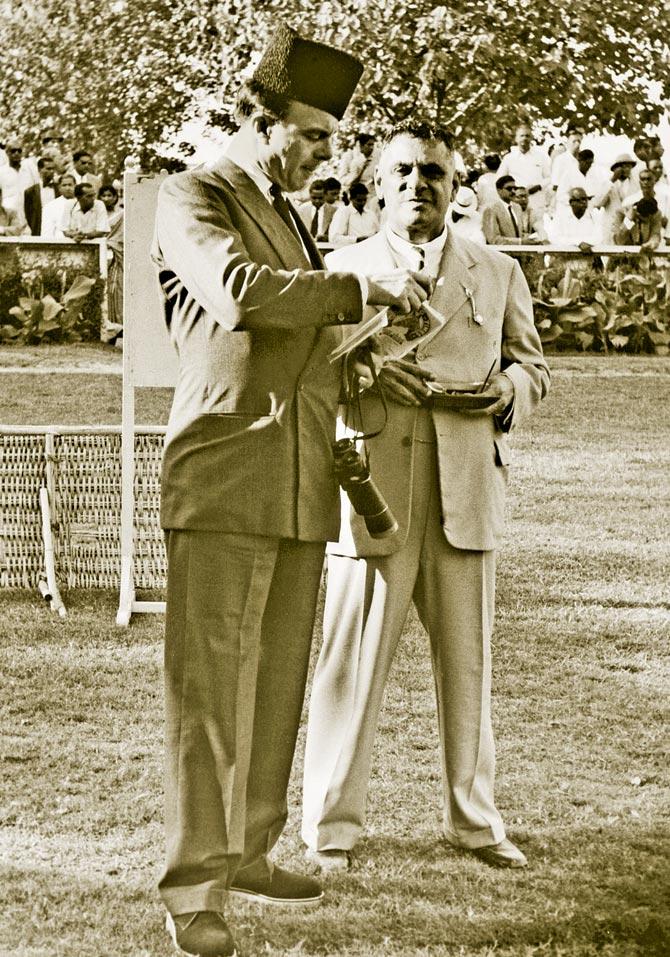
HH Prince Aly Khan and trainer MC Patel in the paddock at Mahalakshmi, Bombay. The Aga Khan family was involved in racing in a big way in the mid-19th century, with one of the most prominent stables in the country. The stables were developed since the Iran-born, Aga Hasan Ali Shah, established himself in Bombay in 1845. He was given the title of Aga Khan I by the Emperor if Persia. The family bought and raced Arab, English, Australian and even Turkoman horses.
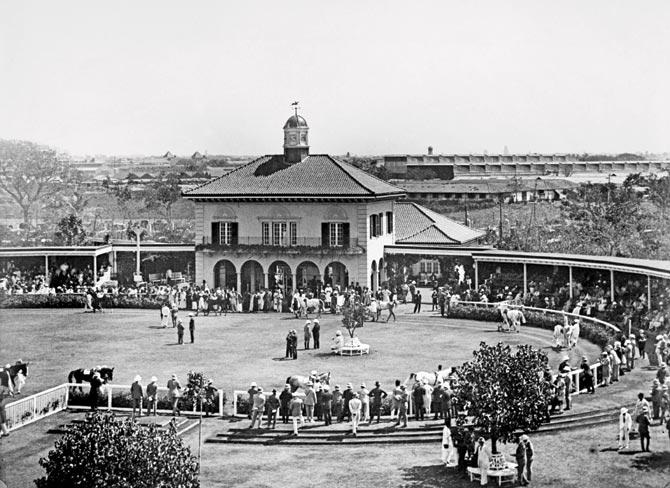
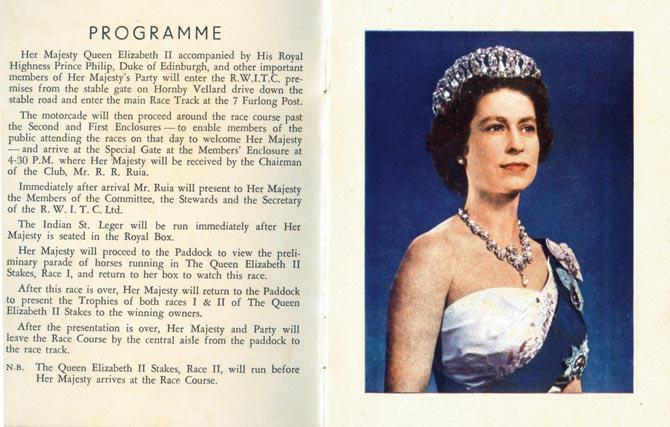
View of the paddock, Bombay racecourse, 1920s. The earliest reference is in a notice that appeared on November 25, 1797, in the Bombay Courier. A race was to be held for a purse of 50 pounds, after which breakfast would be served for the ladies and gentlemen at the race stand and a ball and supper in the evening; (below) Souvenir programme of
the Queen's visit in 1961
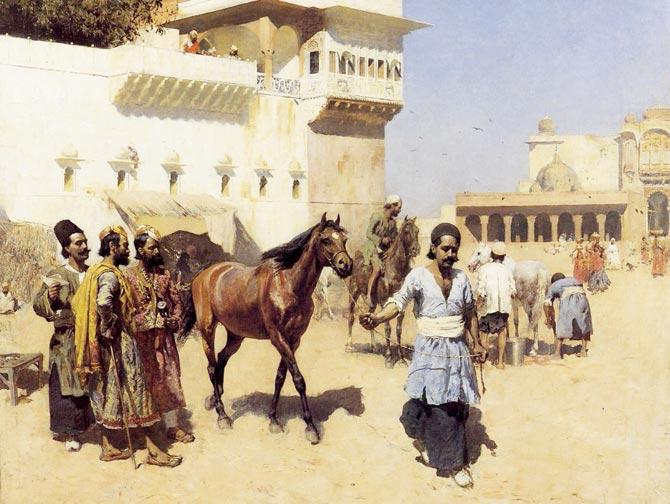
Horse market, Persian stables, Bombay. The Arab horse was the backbone of racing in India in its early days. In Bombay, they had established a stronghold in the Byculla area, adjacent to the racecourse. The city imported around 1,200 horses, mostly Arabians and Persians, every year during the 1850s.
Text, Pics Courtesy/Horse Racing In India: A Royal Legacy by Lynn Deas. Niyogi Books.
 Subscribe today by clicking the link and stay updated with the latest news!" Click here!
Subscribe today by clicking the link and stay updated with the latest news!" Click here!






